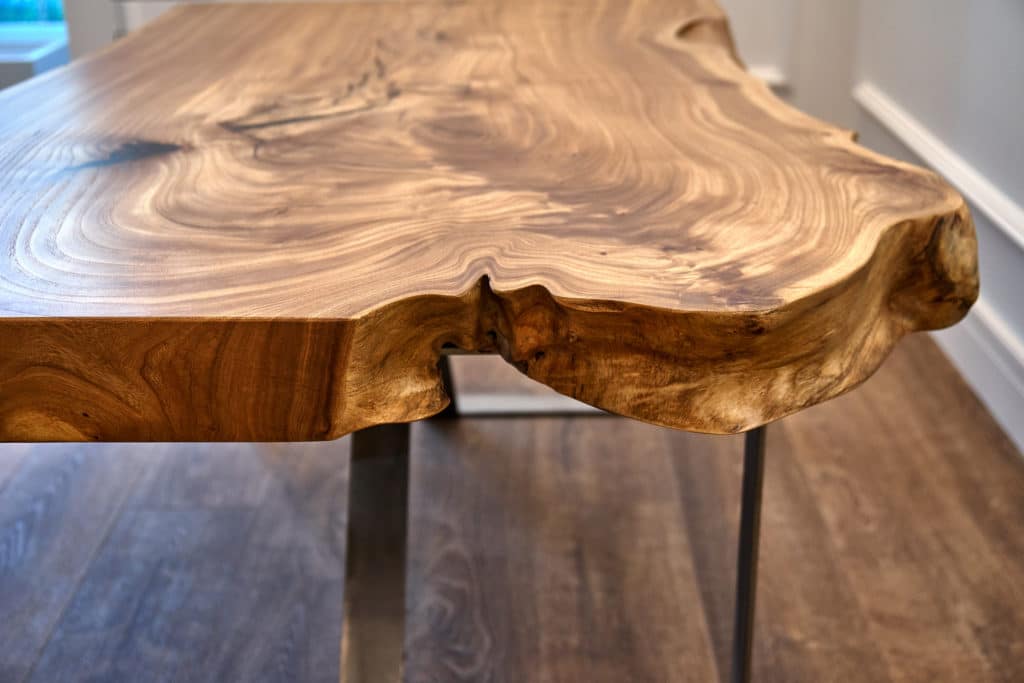Autumn is one of the most enjoyable times of year in Georgia. Not only do we get to feast our eyes on Nature’s annual spectacle of color, but the crisp, refreshing air of fall provides welcome relief from the sweltering heat of summer. What better incentive to spend a few hours out in the yard or garden?

Those who need an excuse to head outside will be glad to consider the possibilities offered by fall landscape maintenance. Georgia properties benefit from a number of basic best practices in autumn that will help your landscape look its best all year long. Here are our top recommendations:
Analyze Your Soil
Most people never test their soil. This is a big mistake, because without testing it’s impossible to know what your soil needs. Until you know for sure, there’s no way to know whether your attempts to amend and fertilize are needed or not. If not, you could be spending a lot of money needlessly - or even throwing your landscape off balance. Because soil composition can change over time, we recommend sampling your soil and submitting it to your local Extension Office for analysis every 3 or 4 years.
Amend And Fertilize
If your soil test indicates that the pH is too low, fall is the ideal time to lime. It takes a few months to correct pH, so liming your soil now will ensure optimal results come planting time next spring.
Your trees, shrubs, beds and turf will all appreciate a good fall feeding. Most soils in our area are overly rich in phosphorus due to past farming practices. Unless your soil analysis report recommends otherwise, go with a fertilizer that contains little or no phosphorus (the middle number on your soil analysis). 15-0-15 is a good bet for most properties in our area.
As an alternative, you can try this organic method:
Mulch Your Leaves.
As the leaves start to fall, don’t bother to rake. Instead, let them lie where they land. Install a mulching blade on your mower and run over them every few days to a week. Your soil will naturally incorporate the mulched leaves. These make great free fertilizer and are an excellent soil builder. (Just don’t wait for them to get thick and heavy, or you will need to make multiple passes with your mower.)

One word of warning: Pecan and walnut trees have a chemical in their leaves called juglone that is toxic to many plants. (Tomatoes and other nightshades are especially sensitive.) If you have lots of these types of leaves on your property you may want to avoid using this method.
We encourage the use use of organic and natural products, so stay tuned for a future post with more organic landscape tips for Georgia properties.
Fall Tree And Shrub Maintenance
Planning major planting projects? Don’t delay! Fall and early winter are the best times to plant trees and shrubs in the Southeast. The cool weather lets them get established in low stress conditions. Plan to get your woody plants in the ground by February. After that the plants start to break dormancy and will experience greater stress as they break bud.
For some trees and shrubs, autumn is also a good time for a light pruning as they begin to go dormant. For example, Encore® azaleas benefit from a second light pruning once they finish blooming in the fall.
Plant Cover Crops
Cover crops are widely used in agricultural settings to improve and protect the soil during the dormant season. However, cover cropping can also be used to advantage in landscaping applications.
Overseeding your turf with a winter-hardy grass species is a type of cover cropping you may want to consider if you want green turf in the winter. Perennial ryegrass blends are the preferred varieties. Do not use annual ryegrass because it’s an agricultural plant. It grows knee high and is not suitable for use in a lawn. Also, don’t overseed ryegrass on centipede or St. Augustine turf. Ryegrass is toxic to those grasses and will cause them to decline, so use turf type fescue instead.
For your veggie garden, consider planting a cover crop of crimson clover once your fall harvest is done. Crimson clover is a fantastic cover crop in winter because it’s a legume that will help fix nitrogen into the soil. Oats, wheat and rye are also good cover crop choices for the garden.

Or...Let Us Do It For You
Of course, it’s one thing to read about fall landscape maintenance tips and quite another to actually do all the work yourself.
If you enjoy landscape work as much as we do, more power to you! Otherwise, why not go ahead and build that fire pit you’ve been thinking about? Put your feet up, gather with the family to enjoy some s’mores as you watch the leaves fall, and let us take care of the work. Contact us here to get started!
1 Oct 2024



